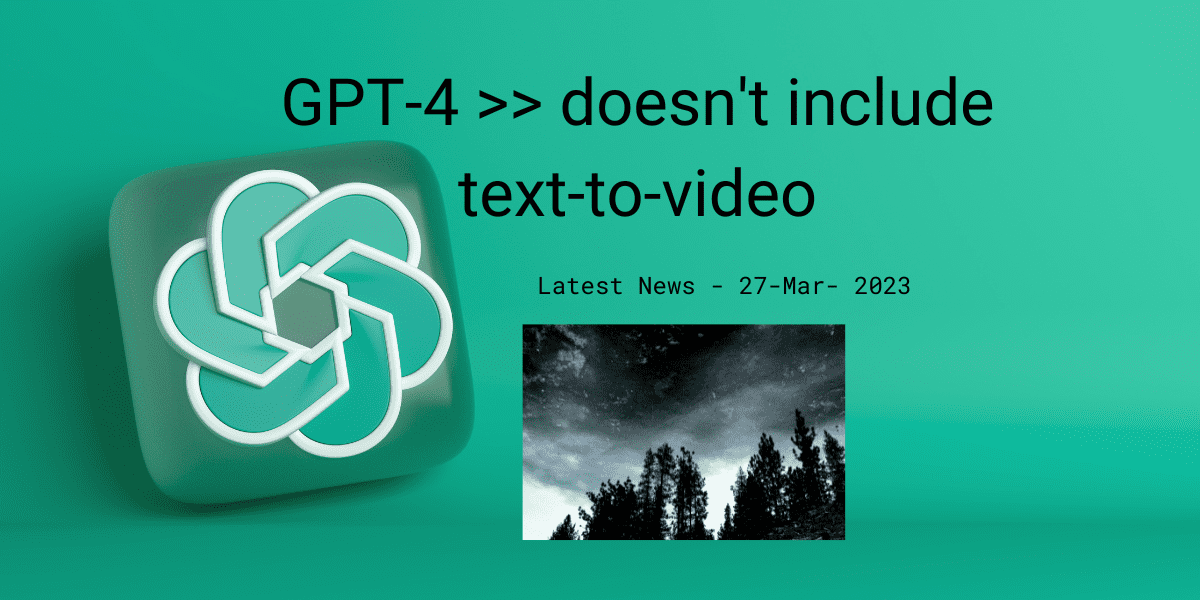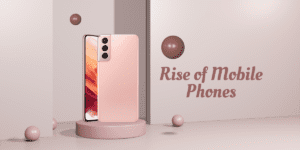Table of Contents
OpenAI has revealed its latest language model, GPT-4, which can accept both text and image input and produce text output. However, it doesn’t support text-to-video, contrary to some reports.
Introduction
OpenAI has finally unveiled its latest language model, GPT-4. Although it comes with advanced features that exhibit human-level performance on various professional and academic benchmarks, it lacks one feature that has been widely speculated upon: text-to-video capability.
Capabilities:
GPT-4 can accept both image and text input and produce text output. Its capabilities are similar to GPT-3.5, but it is more reliable and creative and can handle more nuanced instructions than its predecessor. It also has improved stability, making it OpenAI’s first large model whose training performance the company could predict ahead of time accurately.
Customization and System Messages:
Unlike GPT-3.5, GPT-4 can be customized by developers and ChatGPT users. They can now prescribe their AI’s style and task by describing the directions in the “system” message. System messages allow API users to customize their users’ experience within bounds significantly.
Limitations and Cautions:
OpenAI has cautioned that despite its capabilities, GPT-4 is still not fully reliable. It makes reasoning errors and “hallucinates” facts. OpenAI warns users to take great care when using language model outputs, particularly in high-stakes contexts. GPT-4 can also be confidently wrong in its predictions, not taking care to double-check work when it’s likely to make a mistake.
Text-To-Video Absent:
Contrary to some reports, GPT-4 does not support text-to-video capabilities. OpenAI confirmed that GPT-4 can accept image and text input and produce text output but does not offer text-to-video capabilities. Andreas Braun, CTO for Microsoft in Germany, had suggested otherwise.
Potential Impact of Text-to-Video:
Text-to-video technology has the potential to be highly disruptive, changing how movies and TV shows are created and how news programs are formatted. It could also provide highly granular user customization and create storyboards from drafts of scripts. However, the quality and effectiveness of the video generated by text-to-video applications are still in question.
Conclusion:
OpenAI’s latest language model, GPT-4, is a significant advancement in AI technology, but it still has limitations and should be used with caution. Although text-to-video capabilities were expected, GPT-4 only offers image and text input and produces text output. It remains to be seen how text-to-video technology will develop in the future and what impact it will have on content creation.






